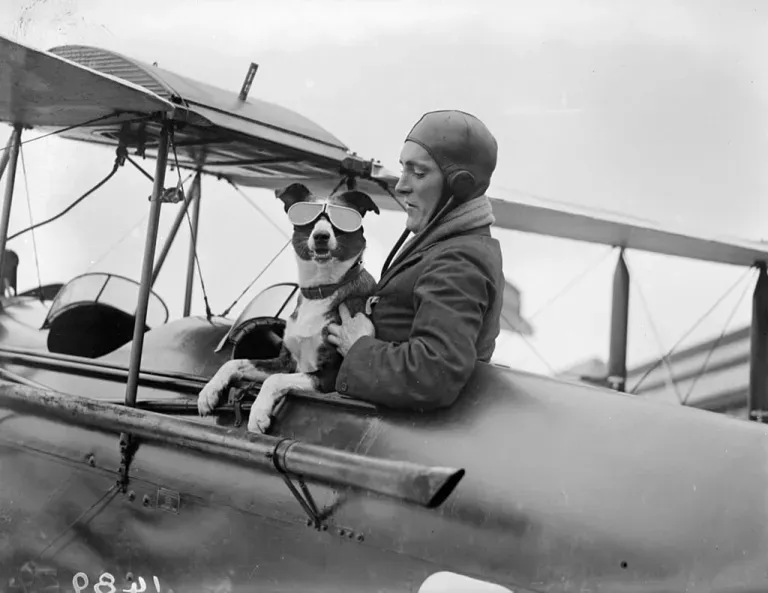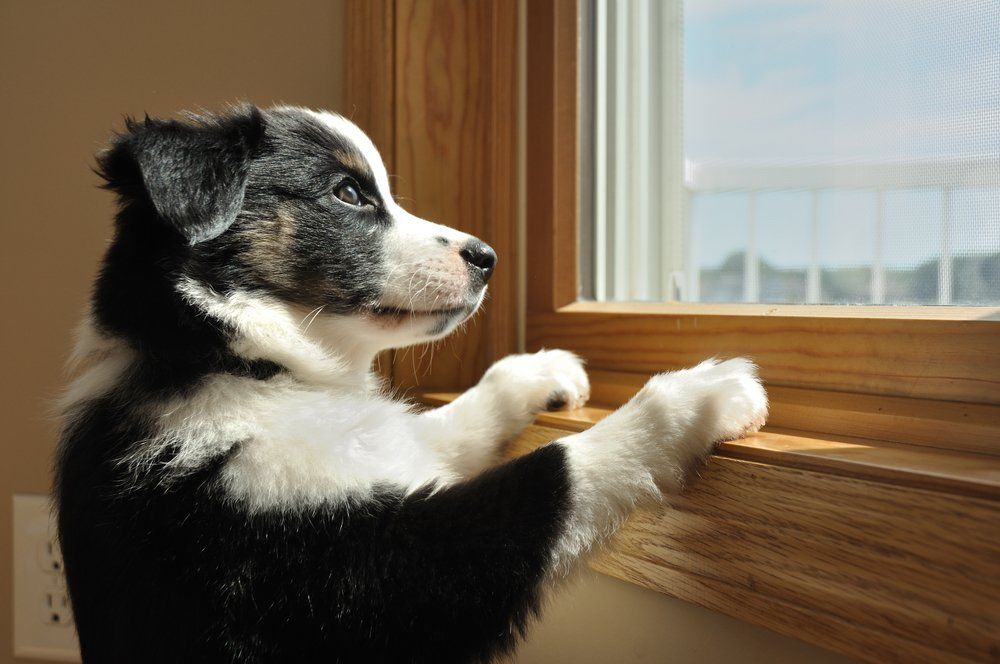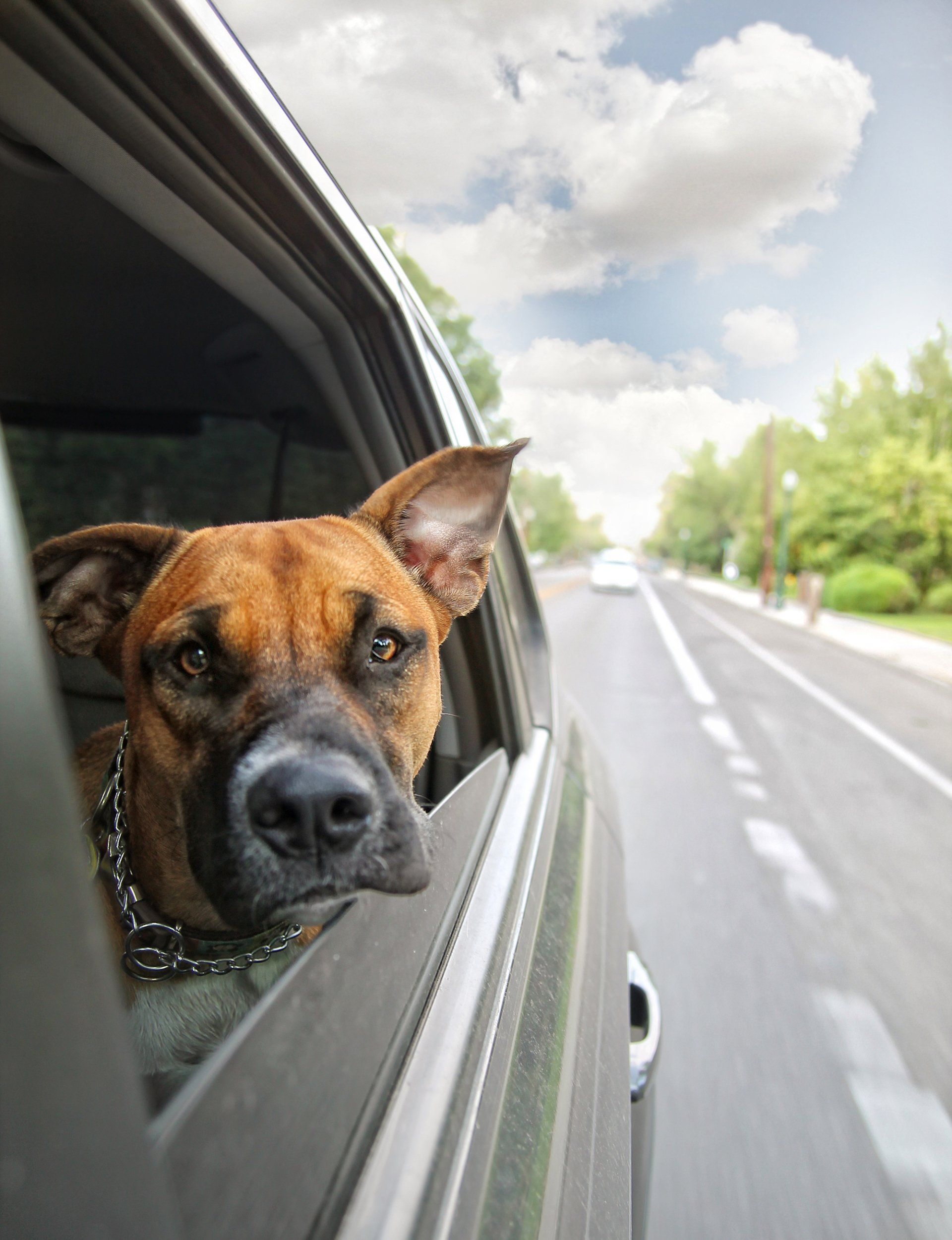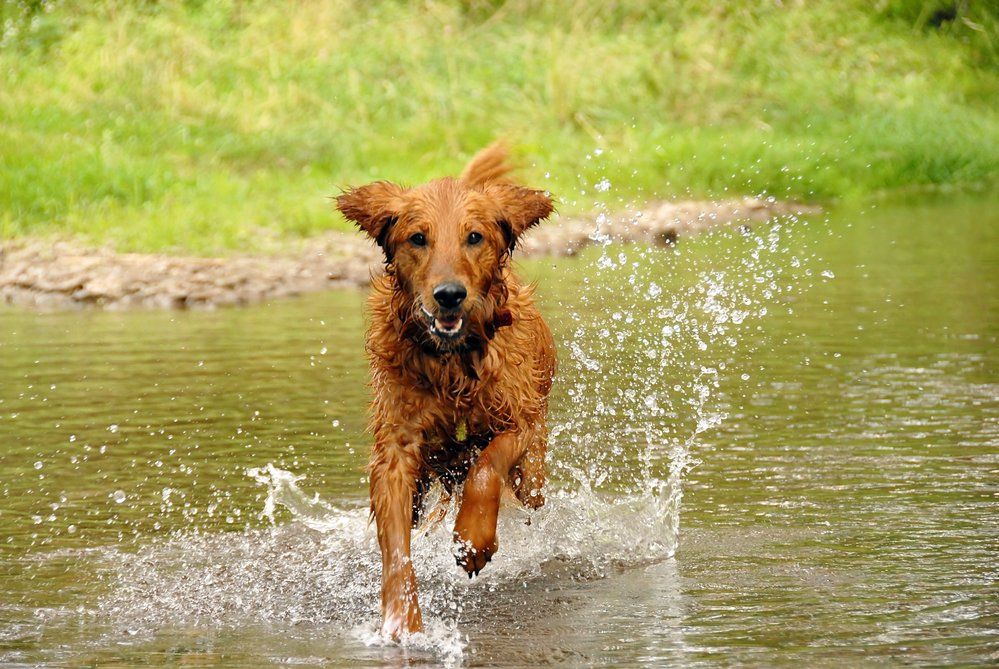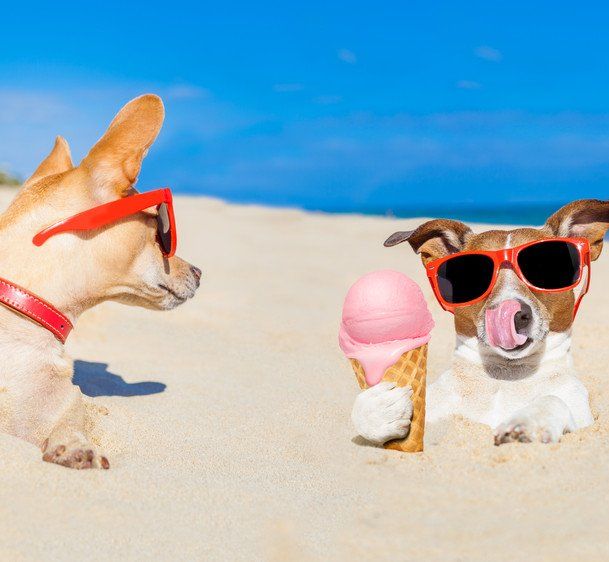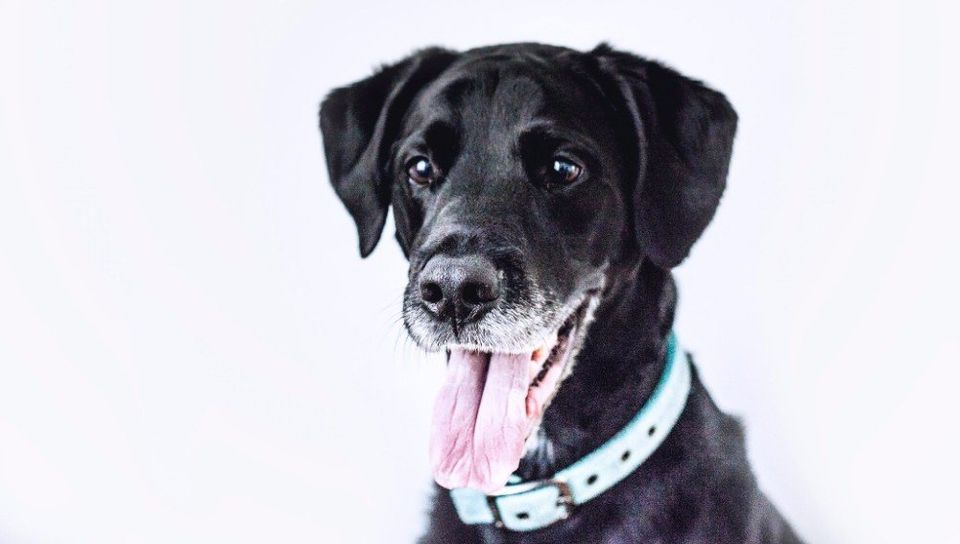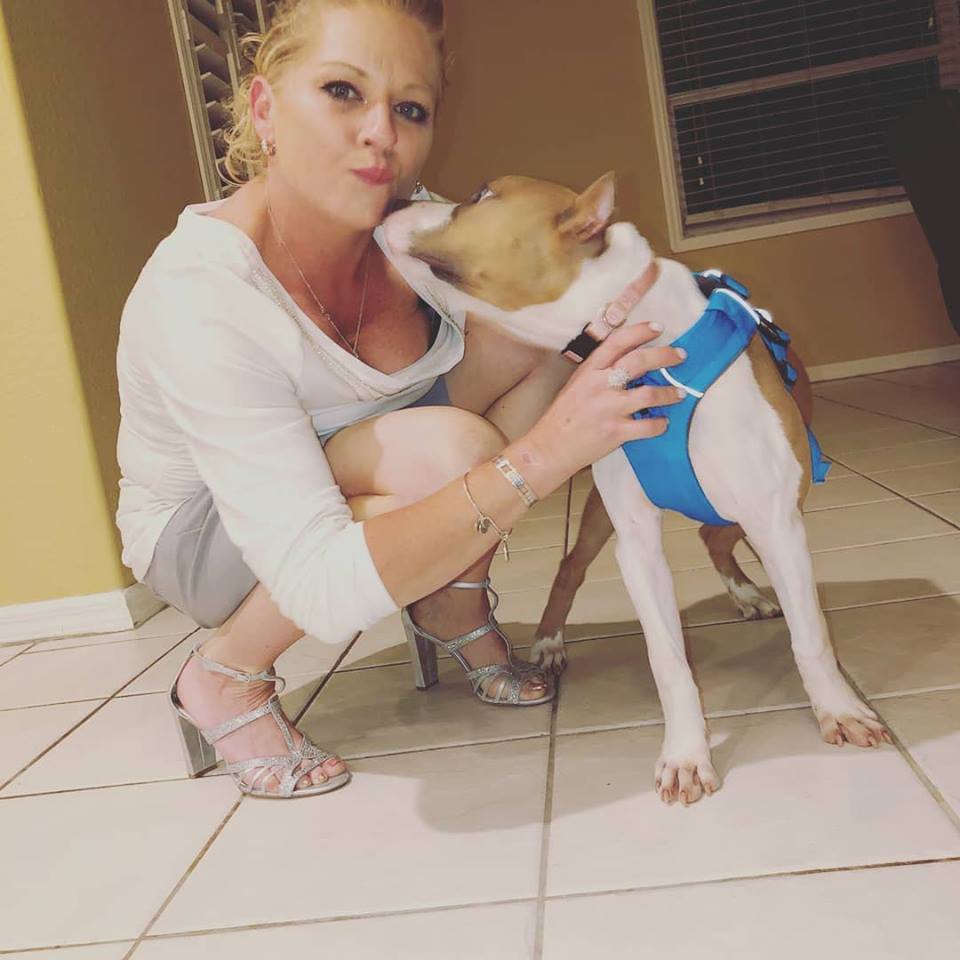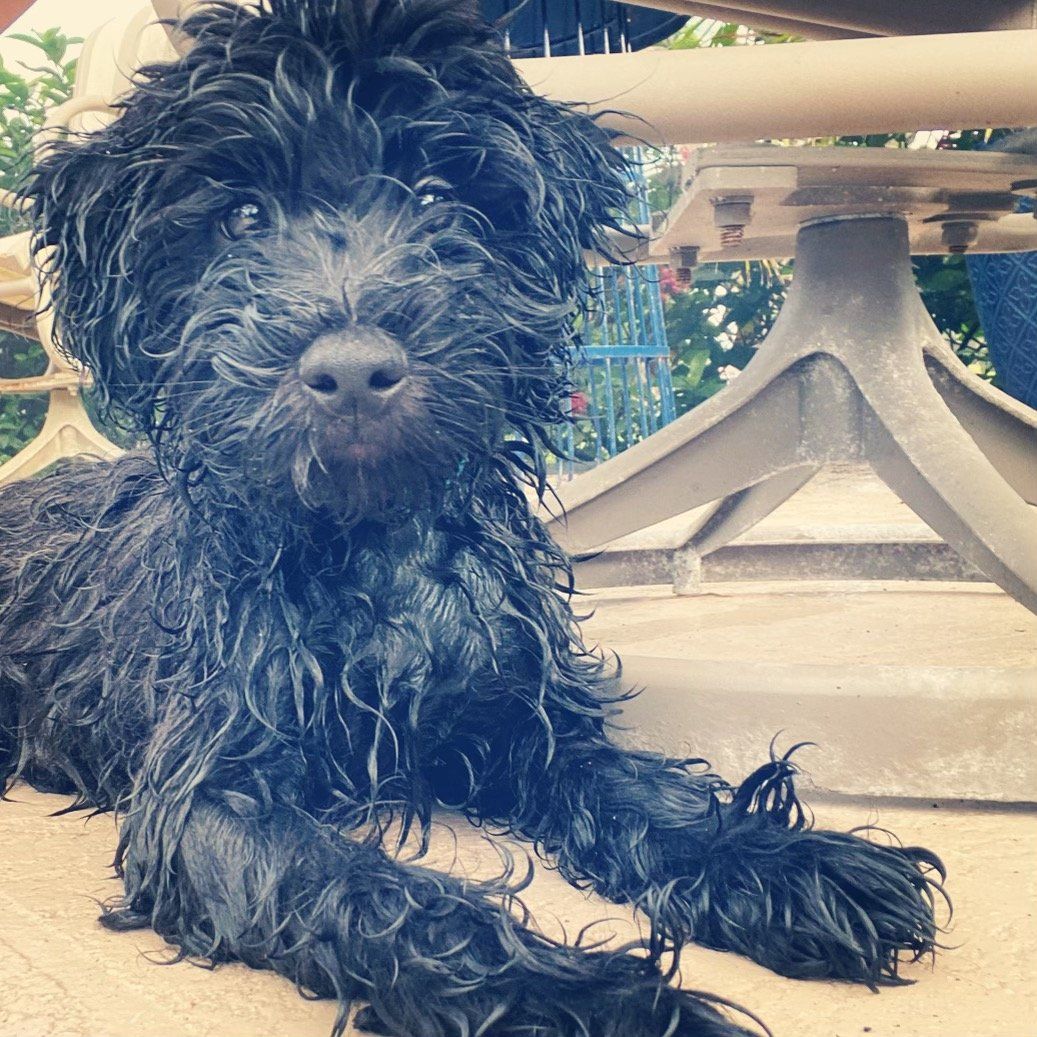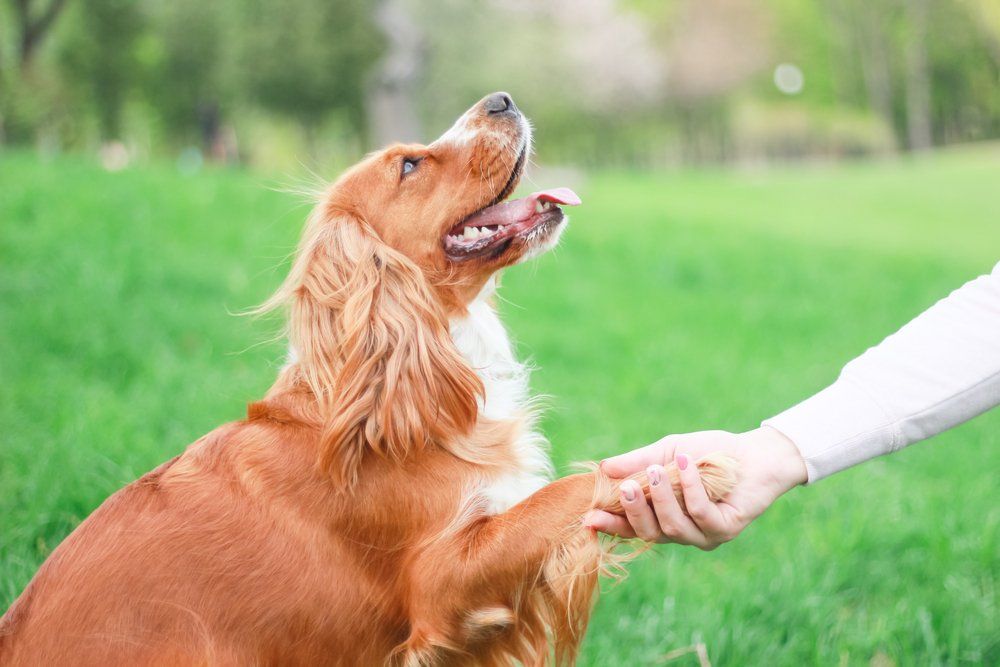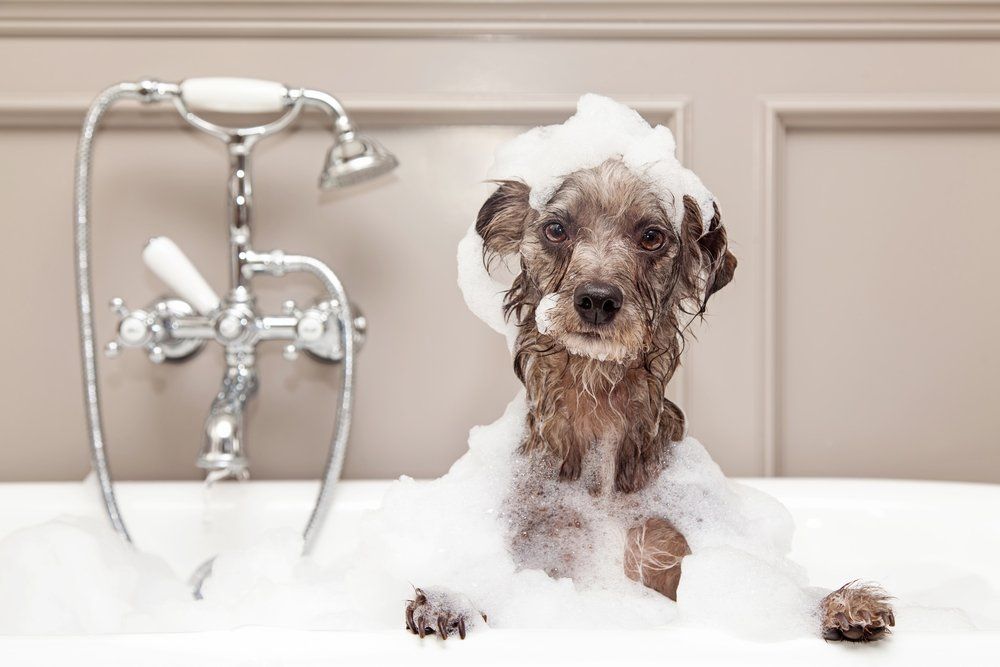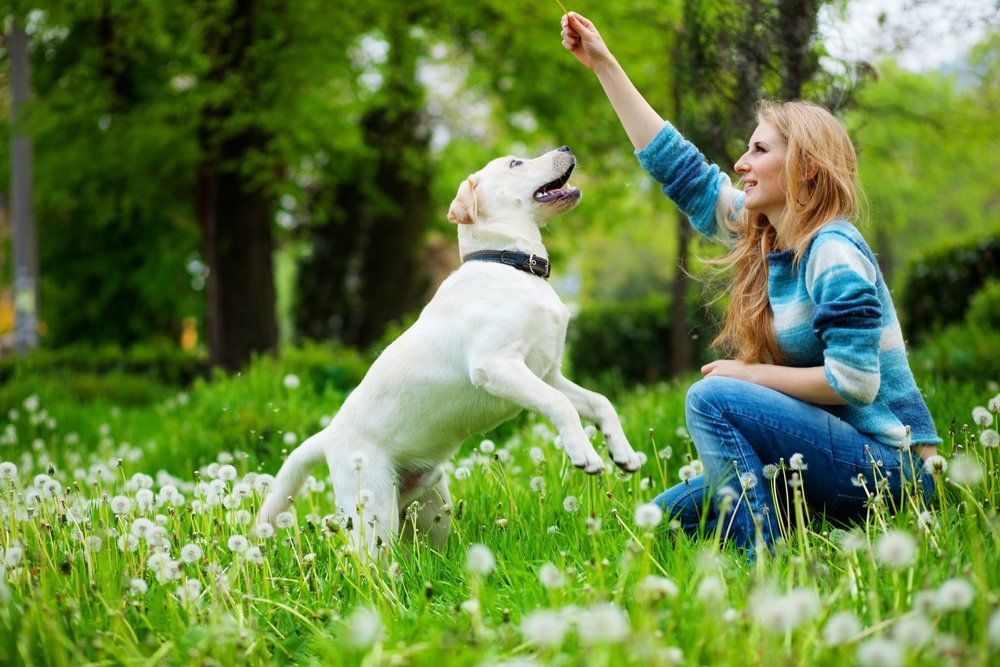Positive Dog Training Basics
Motivation, Communication, and Timing will take your dog training into positive effectiveness.
Do you remember the great feeling when your parents would reward you when your report card was filled with A’s? It motivated you to keep succeeding, didn’t it? This is known as positive reinforcement. Of course, dogs aren’t interested in money. What they want is to be praised and fed. Positive reinforcement training combines praising and treats to reward dogs for behaving in a manner that you want. As the reward motivates them to do what they did to get the reward again, positive reinforcement becomes a powerful tool for shaping and changing the way your dog acts and behaves.
It sounds simple to reward your dog when they behave, and it really is that simple. There are still a few guidelines you can follow to be effective when rewarding your dog.
Timing is Key
Timing is everything when it comes to positive reinforcement:
• You must reward the dog within a matter of seconds to make them associate the treat with the behavior. If you get your dog to sit but wait until after they stand back up to reward them then they may mistakenly believe that it was standing up that earned the reward.
• One way to improve timing is to use a clicker. This also helps the dog understand that the treat is connected to the proper behavior.
Keep it Short
A dog isn’t able to understand a complete sentence. Telling them that you want to do something will just confuse them. Keep the commands short and simple. The best commands are only one word long, including:
• Sit
• Stay
• Watch
• Down – the command for “lie down”
• Off – the command to tell a dog to get off of you or the furniture
• Come
• Stand
• Heel – the command to follow you
• Leave it
Be Consistent
Everyone should be using the same commands with your dog; otherwise you may confuse them. It’s a good idea to put up a list of commands in a place that everyone can see them and learn them. Being consistent also means consistently rewarding dogs for their good behavior and never rewarding them for bad behavior.
The Best Time for Positive Reinforcement
The good of positive reinforcement
Positive reinforcement is an excellent way to teach dogs commands and reinforcing positive behavior. The right time to get your dog to sit, for example, is:
• Before opening the door to prevent them from darting out
• Before petting them to prevent them from jumping all over people
• Before feeding them to reinforce good mealtime manners
Also consider patting your dog and praising them for lying by your feet, or slipping a treat into one of their toys when they chew on that rather than your shoe.
The bad of positive reinforcement
Be careful to avoid inadvertently rewarding bad behavior through positive reinforcement. An example of this is letting the dog outside when they bark at something happening outside. Giving them access to the yard counts as a reward to them, meaning you’re rewarding them for doing something that you’re hoping to discourage.
Shaping Dog Behavior
Learning how to behave properly can take time. It can take a technique known as “shaping,” which is when you reinforce something that is close to the desired outcome and gradually require the dog to do a little more before giving them their treat.
If you were teaching your dog to shake for example, then you might begin by rewarding them for taking their paw off the ground, and then for lifting the paw higher. Then you can reward them for touching your hand, letting you hold their paw, and then when they “shake hands.” Take the time to shape more complicated behaviors and be patient with your pet.
Reward Types
The rewards in positive reinforcement can be treats, petting, praise, or one of their favorite toys or games. Given that dogs are mostly motivated by food, treats are an effective way to train them.
• Treats need to something they find irresistible. Do some experimentation until you find the best treat for training your pet
• The treat should be a small piece of soft food that they can eat in an instant and expect more of. Don’t give dogs treats that breaks apart or that they have to chew on.
• Have a range of treats ready to go so that the dog doesn’t get bored of getting the same treats. Carry treats around using a fanny pack or in your pocket.
• You should always couple any food reward with a verbal reward and praise the dog. Use a positive and happy tone of voice to call them a good dog and then give them the treat.
If you have one of the few dogs that isn’t motivated by food, then you can reward them with petting, a toy, or letting them play.
When you Should Give Treats
If you are teaching your dog a new behavior, then you should reward them each time they do it. This technique is known as continuous reinforcement.
After the dog reliably learns the new behavior, it’s time to move to intermittent reinforcement, which is when you still praise your dog but reduce how often they get a treat for behaving in the desired manner.
• Reward them four out of five times at first. Then reduce it to three out of five, two out of five, and keep reducing it until you reward them only on occasion.
• Continue praising the dog each time they behave, but you can be less effusive in your praise as time goes on. Give them a quiet but still positive “good dog” for example.
• You need to be varied in your reinforcement so that the dog doesn’t realize they only have to respond every so often to get what they want. Dogs will come to learn that they will eventually get the treat or praise they want if they continue to respond.
Take note that you shouldn’t be too hasty with decreasing rewards. This can frustrate your dog and you don’t want that.
When you understand positive reinforcement, you understand that you don’t need to have a pocket full of treats at all time. Your dog soon starts working for verbal praise because they want to please you. Plus they know that they’ll get the occasional treat.
